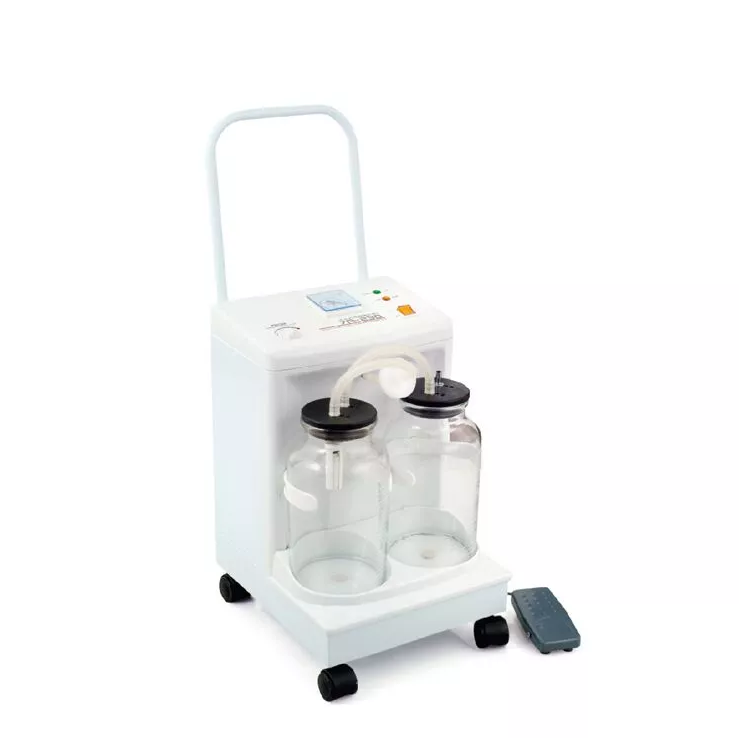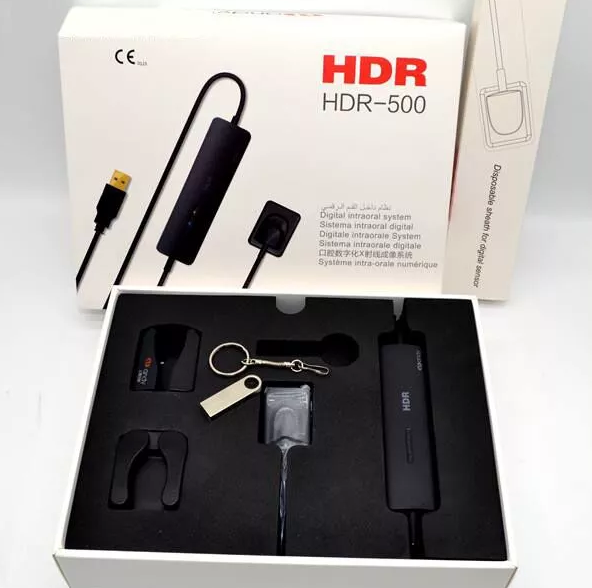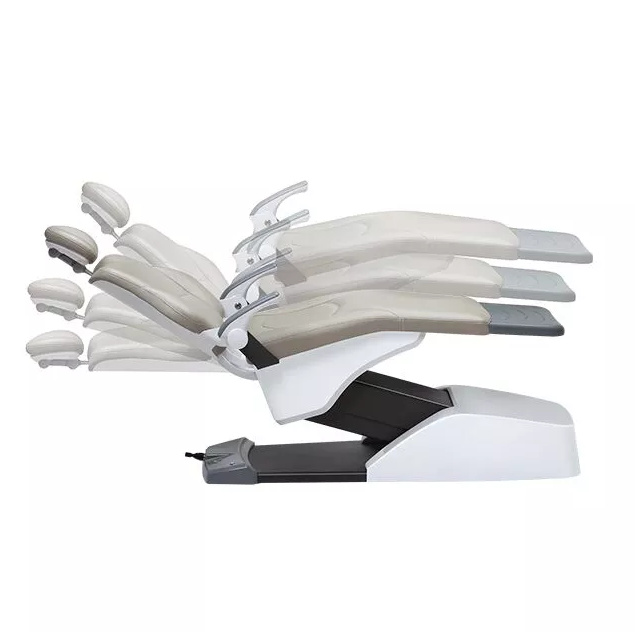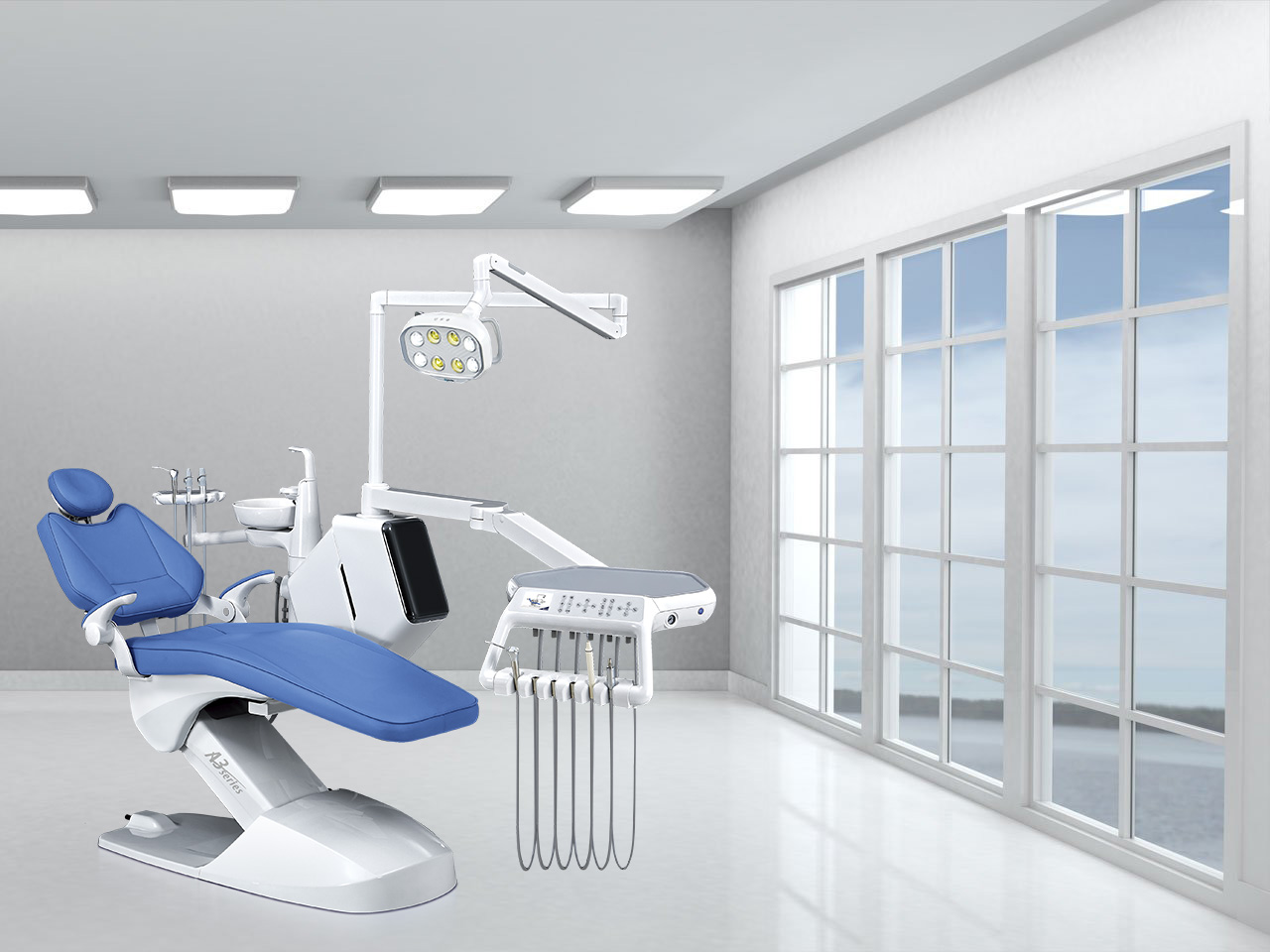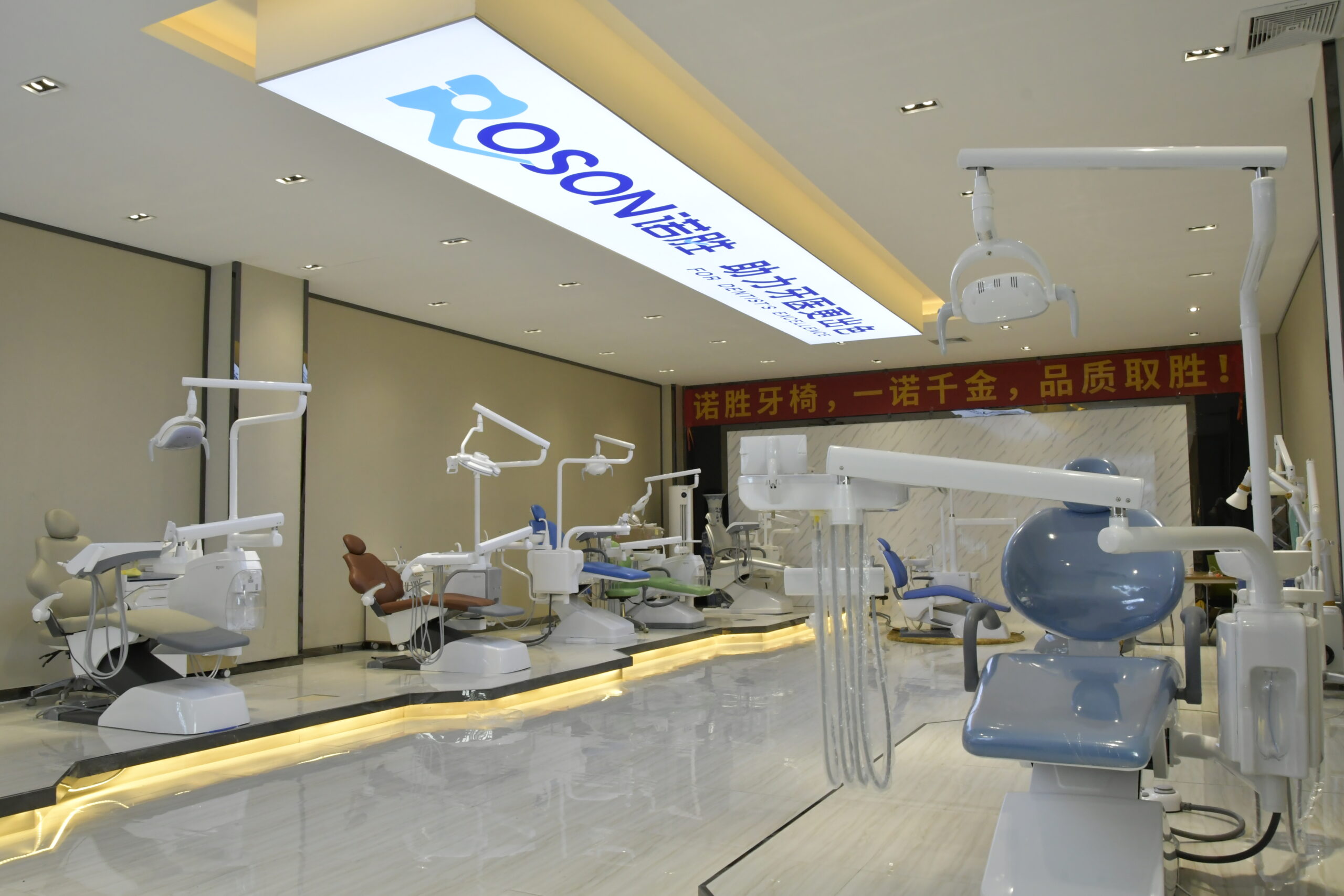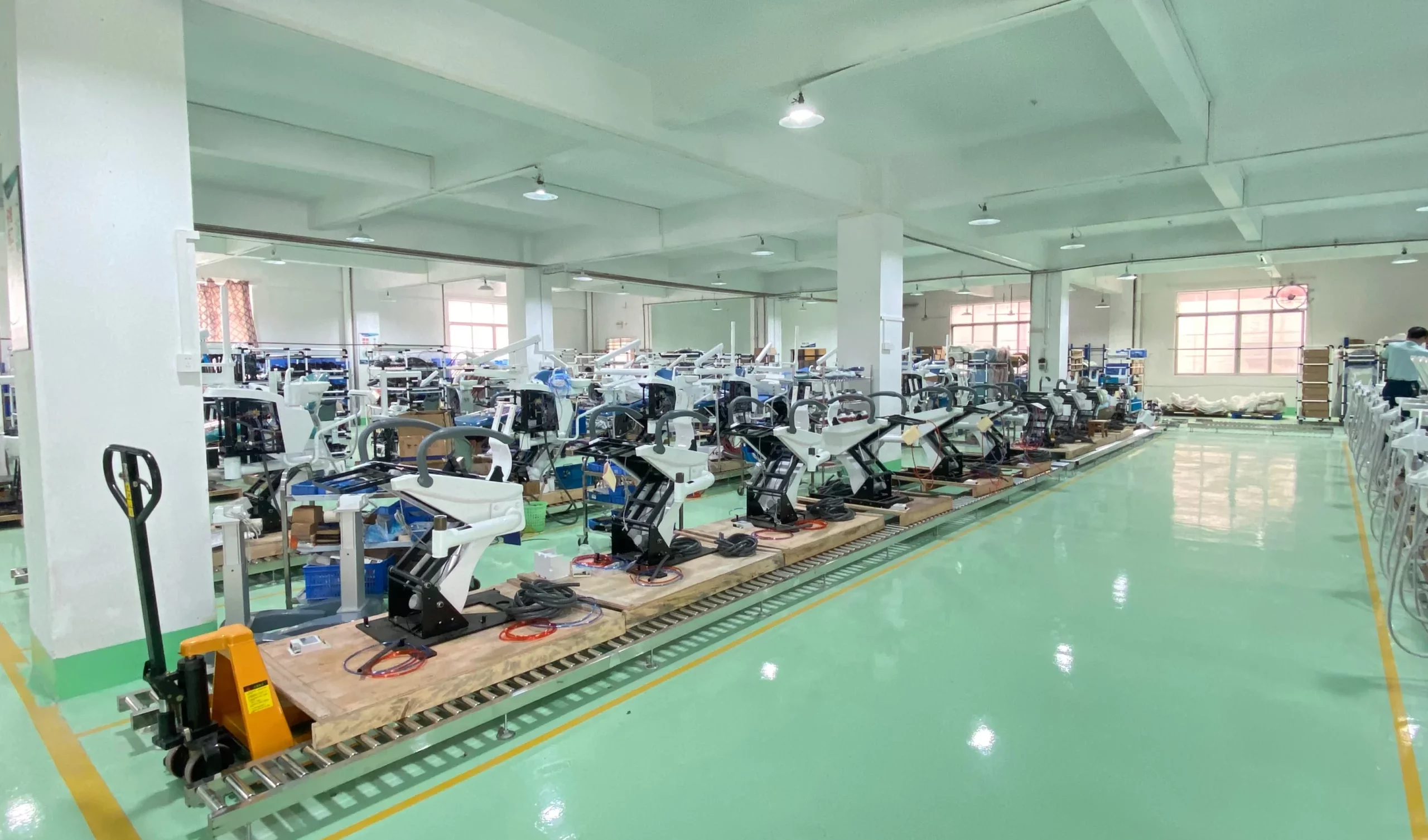Dental chairs play a crucial role in the daily operations of dental practices worldwide. They are more than just a pieces of furniture; they are a fundamental tool for dentists to provide effective care to their patients. One often overlooked aspect of dental chairs is their dimensions. These measurements are vital for ensuring both the comfort of patients and the ergonomic efficiency of dentists during procedures. Understanding dental chair dimensions is essential for dental professionals and dealers alike to select the right equipment for their practices.
Understanding Dental Chair Dimensions
Dental chair dimensions are a critical consideration for dental practices seeking to optimize patient comfort, dentist ergonomics, and workflow efficiency. Customization options, such as adjustable dimensions and additional features, allow practices to tailor chairs to their specific requirements.
Compatibility with other dental equipment is also essential for seamless integration and workflow efficiency. By staying informed about market trends and customer needs, dental dealers and manufacturers like ROSON can continue to innovate and provide solutions that meet the evolving demands of dental practices. With customizable options and compatibility features, dental chairs can truly become the cornerstone of a modern dental practice.
1.1 Key Dimensions
Dental chairs come in various shapes and sizes, but there are key dimensions that remain consistent across models. These include height, width, depth, and seat dimensions. Each dimension plays a significant role in the overall comfort and functionality of the chair.
1.2 Height
The height of a dental chair is crucial for accommodating patients of different sizes comfortably. A chair that is too low may require patients to stoop uncomfortably, while one that is too high can cause difficulty in mounting and dismounting. Adjustable height features are common in modern dental chairs, allowing dentists to customize the chair’s position according to individual patient needs.
1.3 Width and Depth
The width and depth of the dental chair seat impact the patient’s comfort during treatment. A seat that is too narrow may cause discomfort or even pain during prolonged procedures. Conversely, a seat that is too wide can make patients feel insecure or unsupported. Additionally, the depth of the seat influences how far back patients can recline comfortably, affecting their overall relaxation during treatment.
1.4 Seat Dimensions
The dimensions of the dental chair seat are particularly important for patient comfort and support. The seat should be adequately padded to provide cushioning and reduce pressure points. Additionally, contours and adjustments should accommodate the natural curves of the body, ensuring optimal comfort during extended treatment sessions.
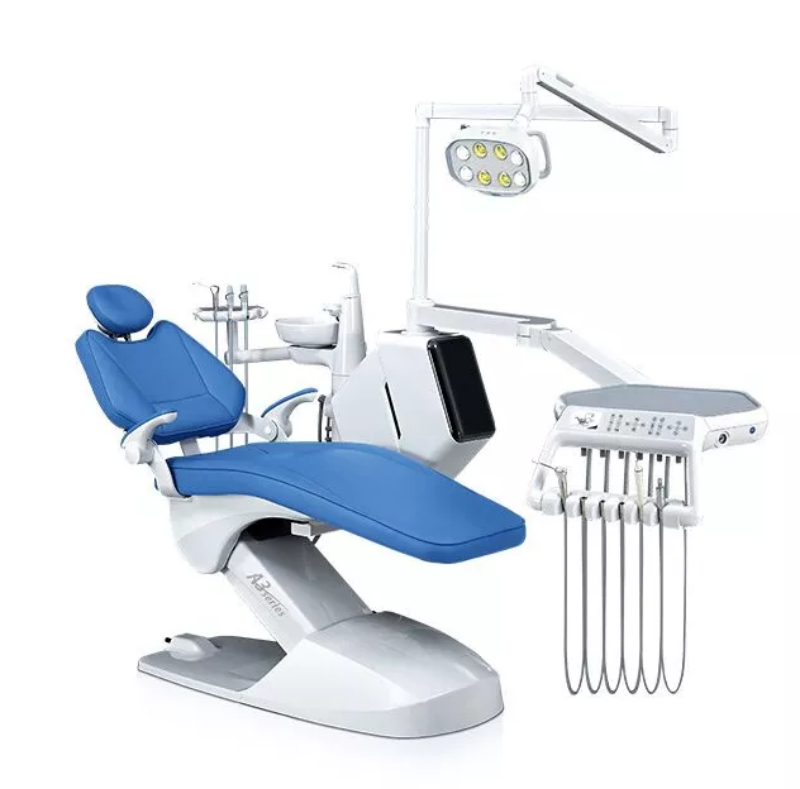
Ergonomics and Patient Comfort
2.1 Importance of Ergonomics
Ergonomic design is paramount in dental chairs to ensure both patient comfort and dental efficiency. Proper ergonomics reduce the risk of musculoskeletal disorders for dentists and promote a more comfortable experience for patients.
2.2 Posture and Strain Reduction
The dimensions of the dental chair play a significant role in maintaining proper posture for dentists during procedures. Adjustable features such as the chair’s height and backrest inclination allow dentists to position themselves ergonomically, reducing strain on their back, neck, and shoulders. This is particularly important during lengthy treatments, where maintaining a comfortable posture is essential for both dentist and patient well-being.
2.3 ROSON Dental Chairs
ROSON, a leading manufacturer of dental equipment, prioritizes ergonomic design in its dental chairs to ensure optimal patient comfort and dental efficiency. Their chairs are meticulously crafted with adjustable dimensions to accommodate a wide range of patients while promoting proper posture and reducing strain for dentists.
Customization Options
3.1 Adjustable Dimensions
One of the most significant customization options for dental chairs is adjustable dimensions. This feature allows dentists to tailor the chair’s height, width, depth, and seat dimensions to accommodate patients of varying sizes comfortably. Whether treating children or adults, having the flexibility to adjust the chair ensures optimal patient comfort and accessibility during procedures.
3.2 Additional Features
In addition to adjustable dimensions, dental chairs can be equipped with a range of additional features to enhance functionality and convenience. These may include programmable chair positions, integrated massage or heating functions, and advanced control panels for seamless operation. By incorporating these features, dental practices can create a more comfortable and efficient environment for both patients and staff.
Compatibility with Equipment
4.1 Integration with Dental Equipment
When selecting a dental chair, it’s essential to consider compatibility with other dental equipment such as lights, delivery systems, and monitors. Ensuring that the dimensions of the chair align with existing or planned equipment setups is crucial for seamless integration and workflow efficiency. Manufacturers like ROSON offer chairs with versatile mounting options and customizable configurations to accommodate various equipment setups.
4.2 Guidance for Compatibility
Dental dealers play a crucial role in guiding practices on selecting compatible equipment. They can provide valuable insights into how different chair dimensions may interact with existing or planned equipment configurations. By working closely with dealers and manufacturers, dental practices can ensure that their equipment setup is optimized for efficiency and productivity.
Market Trends and Demand
5.1 Analyzing Market Trends
Market trends in dental chair dimensions reflect evolving preferences and priorities among dental practices. As technology advances and patient expectations evolve, there is a growing demand for chairs with customizable dimensions and advanced features. Manufacturers like ROSON closely monitor market trends to anticipate the evolving needs of dental practices and innovate accordingly.
5.2 Meeting Customer Needs
Staying informed about market trends enables dental dealers to better understand their customers’ needs and preferences. By offering customized solutions that align with market demands, dealers can enhance customer satisfaction and loyalty. Whether it’s adjustable dimensions, advanced features, or seamless integration with other equipment, meeting customer needs is paramount in today’s competitive market.
Conclusion
In conclusion, dental chair dimensions are a critical consideration for both dentists and dental dealers when selecting equipment for dental practices. Understanding the impact of height, width, depth, and seat dimensions is essential for ensuring patient comfort and dentist ergonomics during procedures. With manufacturers like ROSON focusing on ergonomic design, dental professionals can trust that their chairs will provide the necessary comfort and functionality for delivering high-quality care to their patients. By prioritizing the right dimensions, dental practices can create a more comfortable and efficient environment for both patients and practitioners alike.


